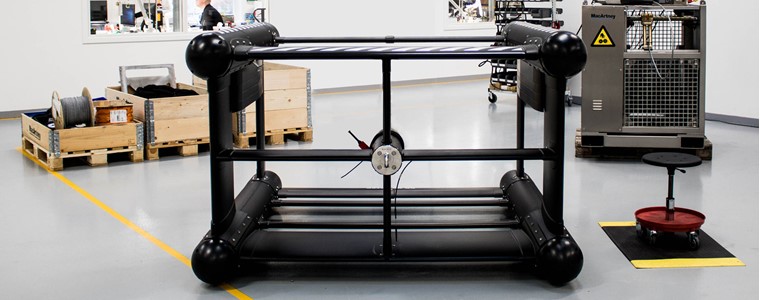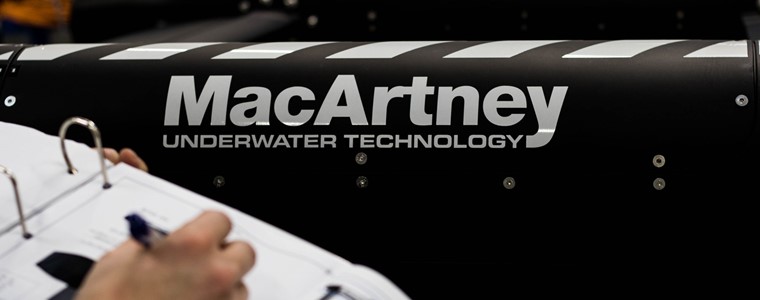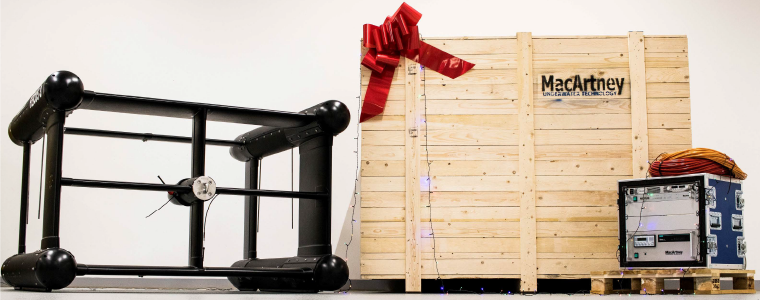MacArtney FOCUS 3 leaves Denmark for the Applied Physics Laboratory in the United States
MacArtney’s FOCUS 3 ROTV system will soon be leaving MacArtney HQ in Esbjerg, Denmark for the Applied Physics Laboratory (APL) at the University of Washington.
The FOCUS 3 represents the 3rd generation of FOCUS vehicles in the MacArtney ROTV family, all designed, developed and manufactured by MacArtney.
The FOCUS 3 is the result of more than 25 years of constant product development and customer feedback. The design philosophy of the FOCUS 3 system is to provide a robust, easy-to-use, accurate, steerable, open and flexible instrumentation platform that can be deployed for a wide variety of underwater data acquisition and inspection applications.
In this case, the FOCUS 3 will be deployed by APL to develop and test new methods for UXO (Unexploded Ordnance) detection and classification. Traditional UXO detection methods have detected small variances in the magnetic field strength of the seabed. These changes in the magnetic field could typically indicate that metallic objects like shells, mortars or naval mines were present – entombed beneath the surface. In the past magnetometers have been deployed in various configurations and on a variety of platforms.
More recent detection methods have included the use of sound - as used for many years in the mapping of subsurface sediment layers - but now APL with funding from the Environmental Security Technology Certification Program (ESTCP) has taken this a stage further. By not only having the ability to detect the object but by also providing high-resolution imaging, spectral response, and most importantly in the cases of UXOs, the accurate position of the object using sonar technology.
As current owners of the MacArtney TRIAXUS ROTV - a system closely related to the new FOCUS 3 ROTV - APL’s prior experience led to the logical choice of the FOCUS 3 ROTV.
As an open and flexible instrumentation platform that can be deployed for a wide variety of underwater data acquisitions and inspection applications, the FOCUS 3 ROTV is perfect for its new role in UXO detection. The stable flight characteristics and high data transmission bandwidth paired with its proven record of accomplishment provide a new vehicle enabling growth in sonar technology.








